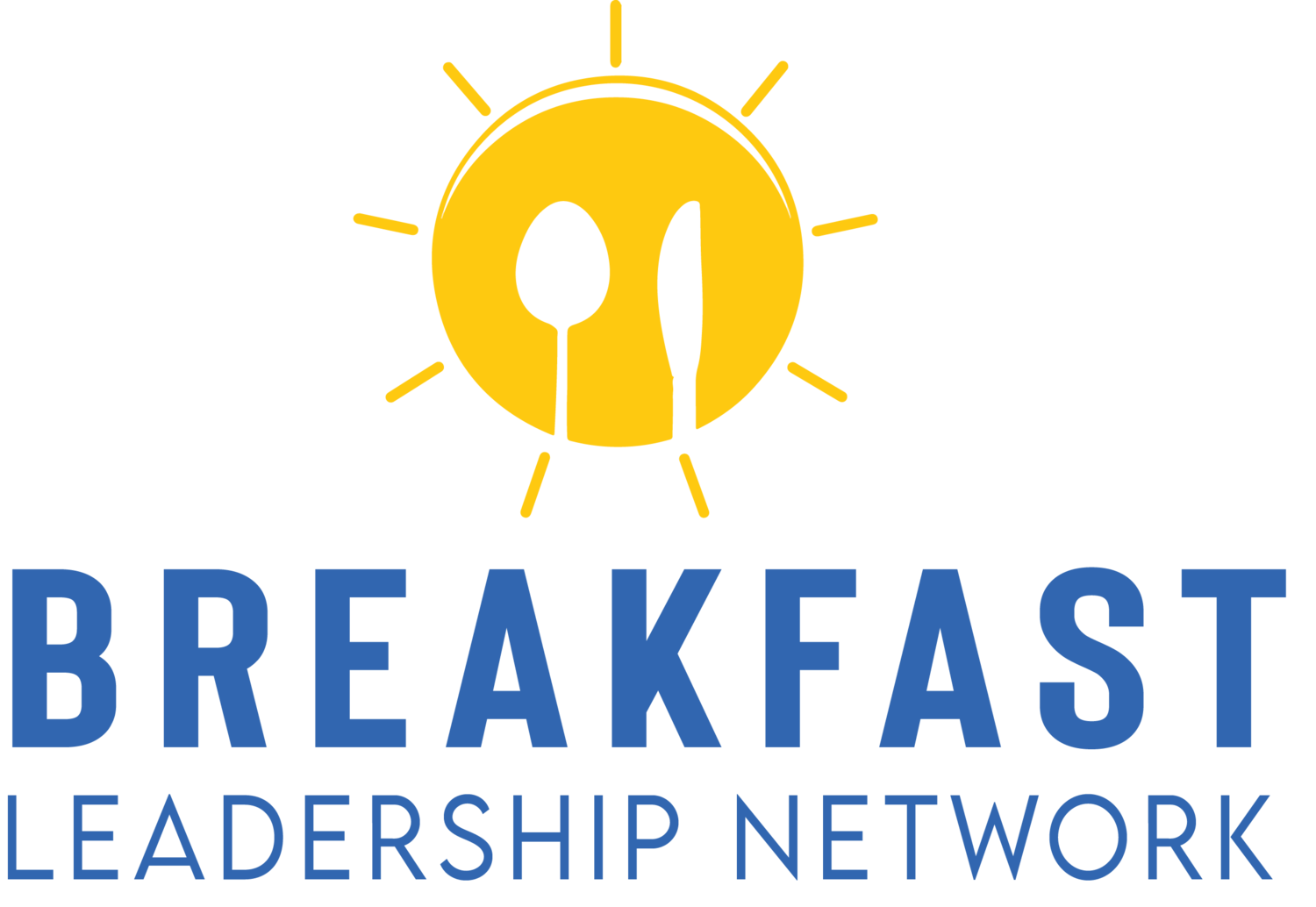What Top Brands Like HubSpot and Gallup Can Teach Us About Burnout Prevention
In today's hyperconnected workplace, burnout has become more than a buzzword—it's a legitimate threat to productivity, innovation, and talent retention. As a global thought leader on burnout prevention and workplace culture, I’ve studied how high-performing companies tackle this issue head-on. Not surprisingly, some of the most admired brands in the world—like HubSpot and Gallup—are also getting burnout prevention right.
You should adopt their approach if you want to build a resilient, purpose-driven culture that attracts and retains top talent.
HubSpot’s “HEART” Culture: More Than a Catchy Acronym
HubSpot has long been known for its vibrant company culture, but what’s less known is how seriously it takes employee well-being. Their culture code is centered around HEART—humble, Empathetic, Adaptable, Remarkable, and Transparent. These aren’t just nice words—they drive the company’s operational decisions.
HubSpot doesn’t just talk about balance—it builds systems that protect it. From unlimited vacation days and work-from-anywhere policies to regular employee wellness surveys, they prioritize flexibility and honest conversations. Employees who feel trusted and supported are more likely to stay engaged and less likely to burn out.
HubSpot’s transparency around mental health (including leadership openly discussing burnout) empowers teams to prioritize wellbeing without guilt or fear. It’s a model that’s both sustainable and scalable, something I explored more deeply in this article about building high-performance cultures.
Gallup’s Data-Driven Approach: Why Engagement Matters
Gallup, on the other hand, brings a more analytical lens to burnout prevention. In their extensive research, Gallup has found that the top five causes of burnout are:
Unfair treatment at work
Unmanageable workload
Lack of role clarity
Lack of communication and support from managers
Unreasonable time pressure
According to Gallup, organizations with high employee engagement experience 70% fewer safety incidents, 41% lower absenteeism, and 21% higher profitability. But here’s the kicker: engagement is not the same as productivity. It’s about connection, recognition, and support.
Gallup recommends manager training, clear expectations, and frequent check-ins to support employees. These practices aren't revolutionary, but when done consistently, they create psychological safety—a critical buffer against burnout.
I’ve echoed this point often: burnout isn’t a time management issue—it’s a culture issue. If you’re relying on productivity hacks but ignoring the underlying emotional disconnects in your workplace, you’re putting a Band-Aid on a broken bone. For deeper insights, check out my blog on creating an anti-burnout strategy that works.
The Common Thread: Intentional Leadership
What sets HubSpot and Gallup apart isn't just their employee perks or proprietary data. It’s intentional leadership. Leaders at these companies actively model self-care, promote boundaries, and recognize when systems, not individuals, are the problem.
They also align work with purpose, a crucial theme in our post-pandemic workplace. Employees don’t just want jobs—they want meaningful impact. When organizations clarify their “why,” burnout is replaced by motivation. As discussed in this article on leading with vision, visionary leadership fuels sustainable performance.
Three Takeaways for Your Organization
Build Trust Through Transparency
Employees can handle the truth—what they can’t handle is feeling left in the dark. Share what’s working, what isn’t, and how their feedback shapes the path forward. Just like HubSpot, don’t shy away from conversations about mental health.Redesign Work, Don’t Just Reduce It
Giving people less to do isn't always the answer. Focus instead on role clarity, manageable workloads, and eliminating busy work. Gallup’s research shows clarity and support are more substantial burnout buffers than free pizza or meditation apps.Train Managers to Be Coaches
Your managers are the front line of culture. Equip them with the tools to lead with empathy, give meaningful feedback, and spot early signs of burnout. It's not just about performance—it’s about people.
Conclusion
Burnout is not a personal failure; it’s an organizational signal. Forward-thinking companies like HubSpot and Gallup prove that with the right culture, data, and leadership, burnout can be prevented, not just managed.
Would you like to future-proof your business and retain top talent? Start with your culture. Your people will thank you, and your bottom line will, too.
For more practical strategies, don’t miss these articles from my blog:


